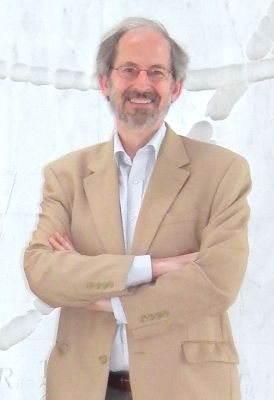Dec 15 2012
Robert J. Wilson, professor at Colorado State University, has been selected to help lead the Long-Baseline Neutrino Experiment - an international science collaboration - for the next two years.
 Robert Wilson
Robert Wilson
Wilson and Milind Diwan of Brookhaven National Laboratory will act as spokesmen and representatives of the international collaboration of 340 scientists and engineers from 62 institutions (including five U.S. national laboratories) in five countries.
On Monday, the U.S. Department of Energy Office of Science approved moving the first phase of a new facility for the collaboration into final design.
The proposed facility would consist of a powerful neutrino beam originating at the Fermi National Accelerator Laboratory ("Fermilab") near Chicago along with the world's largest cryogenic neutrino detector located more than 800 miles away at the Homestake Mine in Lead, S.D.
How the science works: The neutrino beam would pass through the Earth's crust en route to the detector in South Dakota where measurements of subtle changes in the beam (some neutrinos actually change their identity in flight) will shed light on their role in the universe - possibly even resolving the puzzle of how the universe exists in a way that allowed stars and galaxies to form from the primordial energy of the Big Bang.
In a second phase the immense detector could also be sensitive to neutrinos produced in distance supernovae (exploding stars) and may even allow scientists to study details of the last seconds before black-hole formation.
Design and construction will last almost 10 years. The project, which will be managed by Fermi National Accelerator Laboratory, will operate for at least 10 years and be the centerpiece of High Energy Physics research in the United States. Wilson will be engaged in an effort to expand international participation in the project with travel to Brazil, India, Europe and Russia.
Colorado State University has the largest university group in the Long-Baseline Neutrino Experiment collaboration. Ten faculty, research scientists, technical staff and students from the Department of Physics High Energy Physics and Particle Astrophysics Program - designated a university Program of Research and Scholarly Excellence - are involved in developing the science goals for the experiment and the design of the neutrino detectors. Members of the group, led by Assistant Professor Norman Buchanan, are developing a cryogenic detector development facility at CSU that will enable scientists to test small-scale prototypes of immense detectors that will be needed for the full experiment.